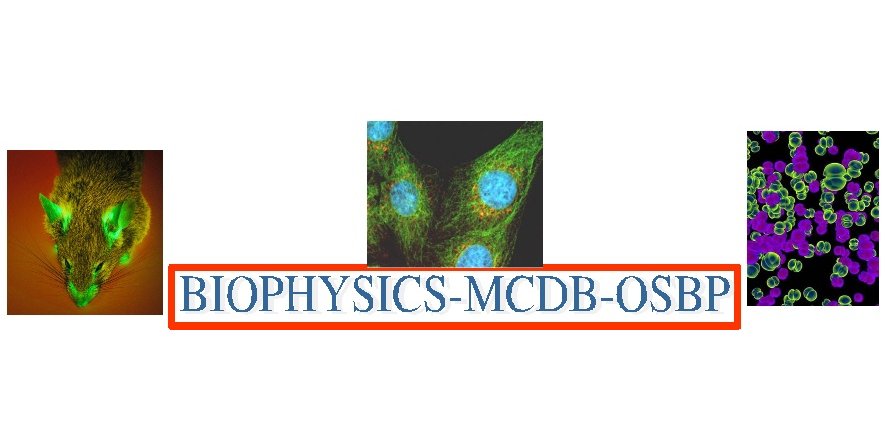Interdisciplinary Graduate Programs Symposium

2010 OSU Molecular Life Sciences
Interdisciplinary Graduate Programs Symposium

Poster abstracts
Abstract:
Cutaneous squamous cell carcinoma (SCC) is one of the most common malignancies in the Western World, however little is known about the genetic risk factors. This project focuses on the identification of candidate genes for SCC risk. A susceptibility locus, Skts5, had previously been identified on mouse chromosome 12 through F1 backcrosses between resistant Mus Spretus (Spret/GS) and susceptible Mus Musculus (NIH/Ola) mice. Within this region, we narrowed down a list candidate genes based on sequence variations and/or differential gene expression between Spret/GS and NIH/Ola. We hypothesize that one or more of these genes play a role in SCC progression. Primarily, we are focused on Ahr and Hdac9. Our in vitro studies suggest Spret/GS has lower total and active Ahr protein levels compared to NIH/Ola. In addition, our data suggests that there are differences between the two strains when it comes to Ahr binding partners, and possibly in pathways due to expression levels or sequence variations. In vitro studies suggest Spretus/GS has a significantly higher protein level of Hdac9 than NIH/Ola. In addition, Hdac9 downstream targets, Gli1 and FoxP3 levels correlate with the resepective Hdac9 levels. It is possible that the elevated Hdac9 levels in Spret/GS may contribute to its resistance by silencing key oncogenes. These overall differences may be due to sequence variations between the mice. Human studies looking at preferential allelic imbalance in patient tumors compared to normal DNA have been conducted for both AHR and HDAC9. Of the two, only HDAC9 shows a trend for imbalance in tumors. This suggests there could be a polymorphism within HDAC9 that contributes to SCC susceptibility. These Skts5 candidate genes need to be further studied in order to determine their functional role in SCC susceptibility.
References:
Mahler, KL. et al. (2008) Sequence divergence of Mus spretus and Mus musculus across a skin cancer susceptibility locus. BMC Genomics, 9.
Nagase, H. et al. (1995) Distinct genetic loci control development of benign and malignant skin tumours in mice. Nature, 10: 424-429.
Keywords: SCC, Ahr, Hdac9